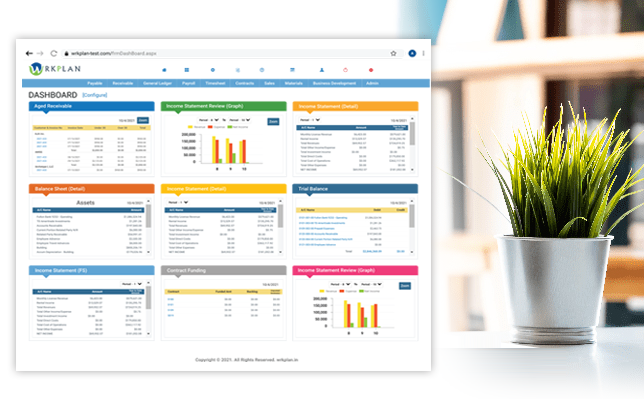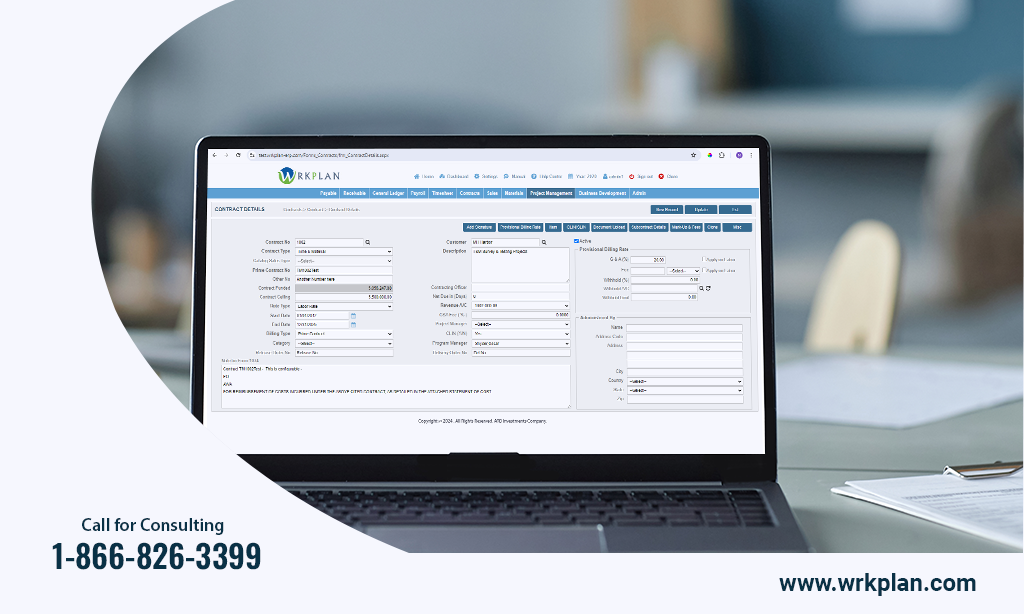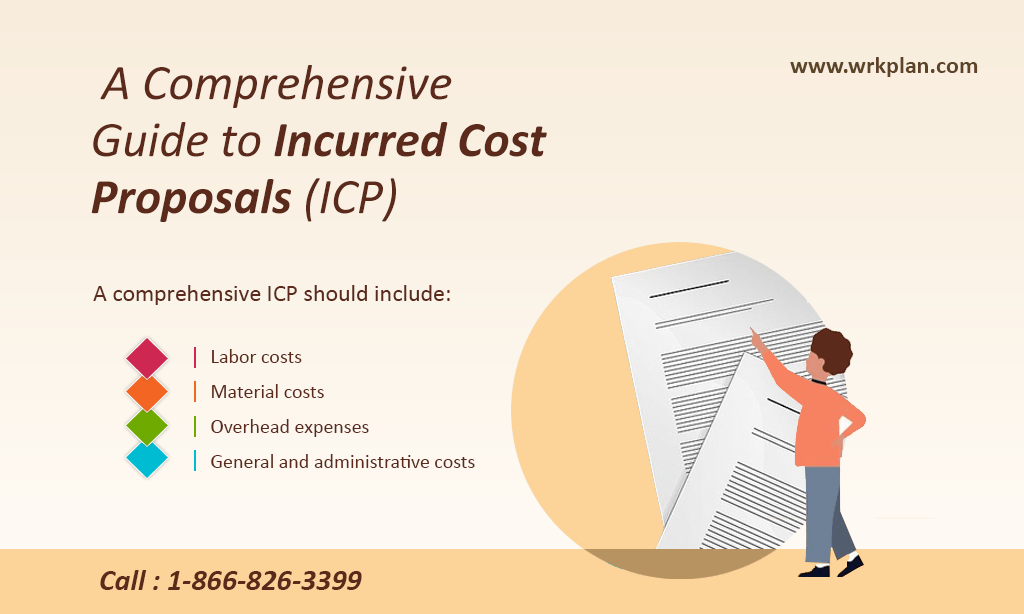Proofreading your grant application is an essential step in ensuring that it is error-free and effectively communicates your ideas and research. Here are some tips to help you proofread your next grant application:
- Take a break: Before proofreading, take a break from your application. This can help you approach the document with fresh eyes and a clear mind, making it easier to spot errors.
- Read aloud: Read your application aloud. This can help you identify awkward phrasing and errors in sentence structure.
- Use a spellchecker: Use a spellchecker to catch any spelling errors you may have missed. However, don’t rely solely on the spellchecker as it may miss some mistakes or offer suggestions that are not contextually correct.
- Use grammar tools: Use grammar and punctuation tools, like Grammarly or Hemingway, to help you catch any grammar and punctuation errors. Again, don’t rely solely on these tools as they may not always pick up on context-specific issues.
- Check formatting: Check your formatting to ensure that it is consistent throughout the document. This includes headings, font size, margins, and spacing.
- Ask for feedback: Ask a colleague, mentor or professional editor to review your application. A fresh set of eyes can help identify errors or areas that may need further clarification.
- Read backwards: Read the document backward, starting from the last sentence and working your way up. This can help you focus on individual words and phrases, making it easier to spot errors.
- Check for consistency: Make sure that all sections of the application are consistent in terms of tone, writing style, and terminology.
By taking the time to proofread your grant application thoroughly, you can increase your chances of success by ensuring that it is well-written, error-free and clearly communicates your research and ideas.










